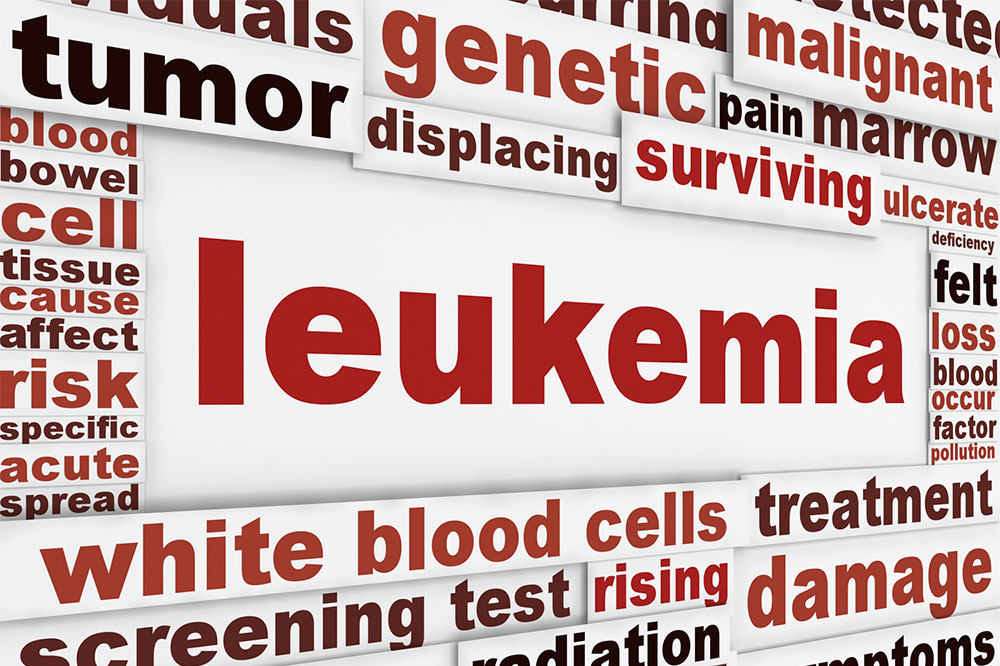Essential Insights into Thyroid Cancer and Its Management
Learn about thyroid cancer, its types, causes, symptoms, and treatment options. Early diagnosis and appropriate therapy can lead to successful outcomes. This guide provides essential knowledge for understanding this disease and managing it effectively.
Sponsored

Thyroid cancer involves abnormal or malignant growth of cells within the thyroid gland, located in the neck. This gland produces hormones crucial for regulating metabolism. More prevalent among women, it rarely affects those under 25 and generally has favorable outcomes. However, recurrence is possible post-treatment.
Types of thyroid cancer include:
Papillary: accounts for up to 80% of cases, often combining with follicular types.
Follicular: makes up around 15% of cases.
Medullary: approximately 3% of thyroid cancers.
Anaplastic: the rarest and most aggressive form.
Causes: Genetic mutations, hereditary factors, age, and radiation exposure can trigger thyroid cancer by altering cell DNA.
Symptoms include:
Neck lump or nodule, which may be benign but sometimes cancerous.
Difficulties swallowing.
Persistent hoarseness or cough.
Breathing problems.
Neck pain.
Treatment options: Diagnostic biopsy confirms malignancy. Treatment depends on the cancer's type, stage, and patient age.
Surgical removal involves lobectomy, total or near-total thyroidectomy, and lymph node dissection.
Hormone therapy slows cancer growth, administered via pills.
Radiation therapy targets and destroys cancer cells.
Chemotherapy is occasionally used but less common.






